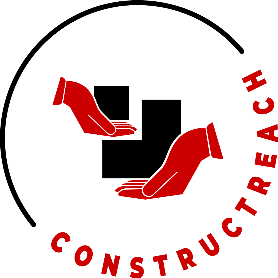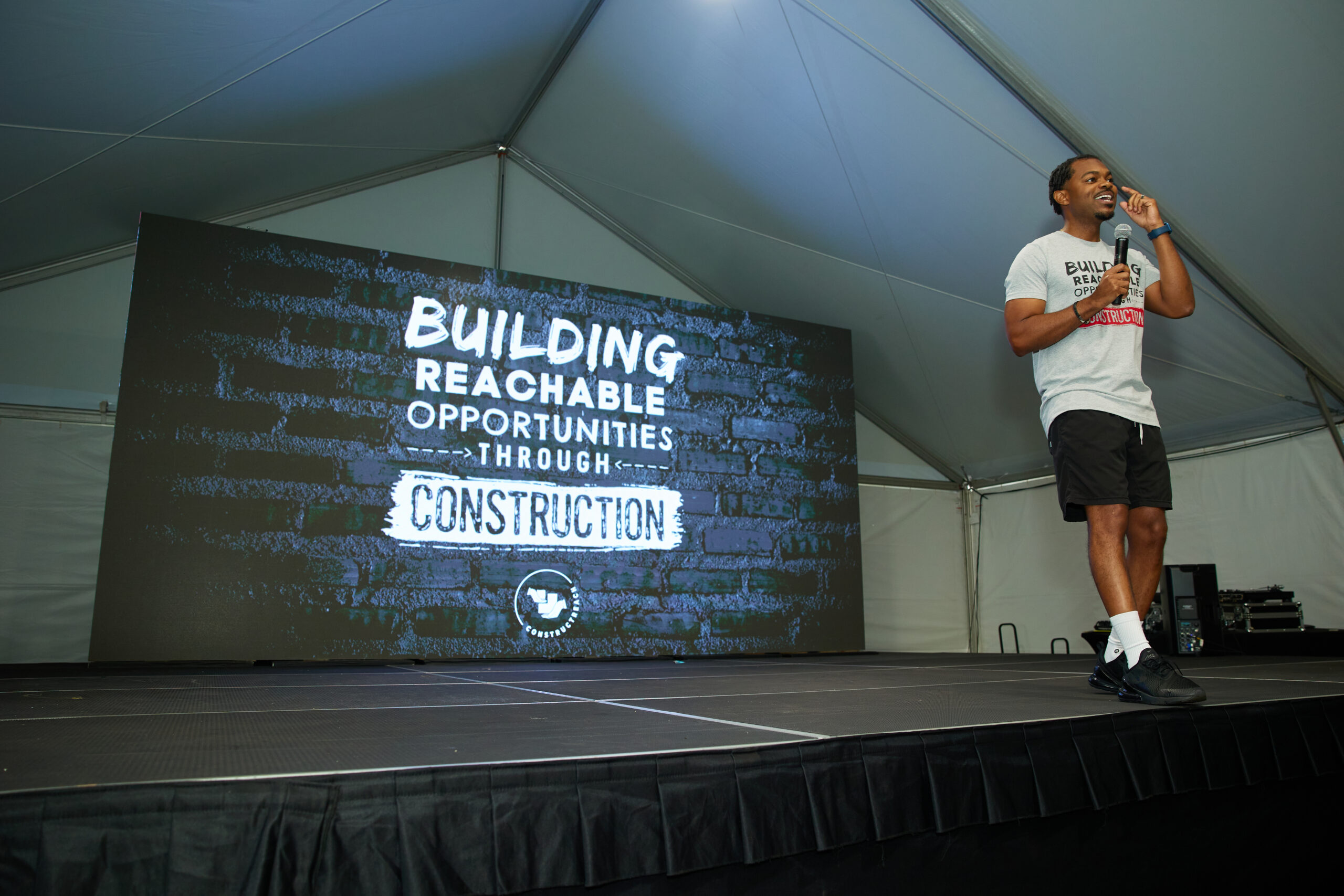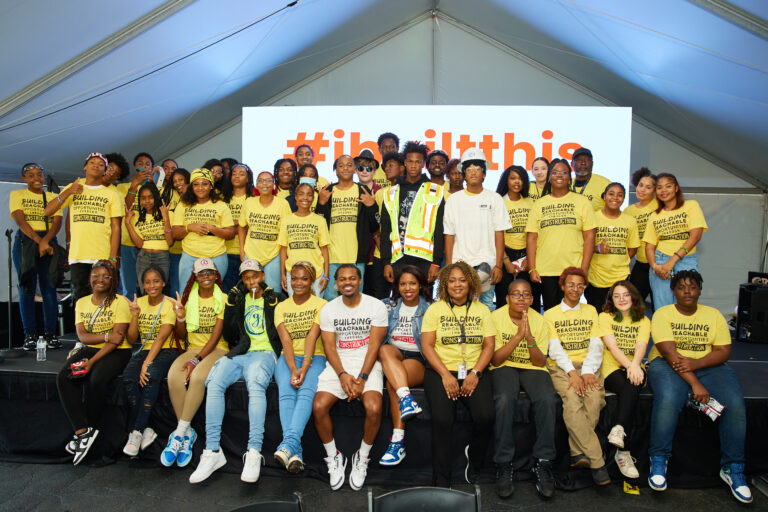The construction industry touches almost every aspect of society. Where we experience life and even how we travel from one place to another is made possible by the individuals and construction crews who build our homes, offices, roads, schools, grocery stores, and hospitals. However, despite these projects that clearly impact our quality of life, the industry remains less visible, and is struggling to attract candidates and fill open positions.
In 2023, the construction industry averaged more than 377,000 job openings per month. It’s predicted contractors will need to hire an additional 501,000 workers, in addition to the normal hiring pace, in 2024 in order to meet the industry’s demand. In addition, with 41% of the construction workforce expected to retire by 2031, it is clear that action must be taken to attract individuals to the field and fill the construction pipeline. While the building blocks are present, efforts are neither taking place on a national scale nor are they spurring the amount of collaboration needed between sectors to see results. Educators, general contractors, and other stakeholders must come together to make workforce recruitment and development a number one priority for the construction industry.
There is no step-by-step playbook for overcoming the barriers the industry faces. However, there are a variety of methods leaders across sectors can employ to increase visibility, improve accessibility, and address long-standing issues that are preventing the next generation from entering (and staying in) the construction industry.
Early exposure with purpose: The importance of education
Although we experience the output of construction every day, it is typically not presented organically to children and teenagers in the ways other industries are, often at career fairs and school lessons, or even in pop culture mediums such as movies and TV shows.
Additionally, outdated yet persisting stigmas and misconceptions surrounding the industry continue to circulate. Misconceptions might include: there aren’t a variety of positions to choose from; there’s no career advancement; it’s purely physical labor; and so on. Exposing young students to the diverse benefits of a career in construction can help shift the narrative and combat these stereotypes, spurring newfound interest in the industry among the next generation.
Introducing STEM is a great segue to introduce young students to the construction field, given that it is highly integrated in many positions and day-to-day operations. Initiatives and hands-on events that demonstrate to students what a career in construction could look like are much more impactful than discussing it once or twice in the school year, and can help them begin to hone in on their individual skills and interests. These events can include activities and demonstrations from industry professionals related to fixturing, design and technology, robotics, and more, increasing visibility to a vast array of construction job opportunities.
Other initiatives, such as site visits, job shadowing, and lunch and learns — where students can ask questions and engage with local construction businesses and individuals — can help young people develop career aspirations they may not have previously identified for themselves.
Revealing career path possibilities: The role of industry leaders
While educators certainly play an important part in introducing construction to students, the weight should not fall solely on their shoulders. Unfortunately, many school districts lack the appropriate resources to integrate construction career pathways. Given this lack of accessibility, construction industry leaders must be at the forefront, engaging a diverse generation during their K-12 schooling.
Many Americans still consider earning a college degree the ideal next step after high school graduation, with 45% of 2021 high school graduates immediately enrolling in 4-year institutions. While earning a college degree certainly comes with career opportunities and benefits, it’s not the only pathway to success. The construction industry’s vast array of sub-fields hold many potential jobs suitable for a high school graduate’s unique interests. As teachers and counselors work with students to discover their skill sets and identify possible career choices, construction industry leaders can intentionally develop community partnerships.
Formal partnerships between educators and construction employers, such as an apprenticeship program or career tech education (CTE) pathway, create awareness and interest among students who may not know what exactly they want to do, but have identified that the “traditional pathway” might not be for them.
For example, co-op programs are a great supplement to regular school curriculum and allow students to engage in more hands-on learning in trades such as autobody, masonry, electrical, and carpentry. Students may also find that being a part of something larger than themselves — physically contributing to progress and directly affecting the way people experience life — gives them the satisfaction they are searching for in a career. Through classes, apprenticeships, internships, and mentoring, this close look into a possible career can help shift the way our students, and society, view the construction industry. In turn, it generates interest from candidates employers need most.
Addressing the industry’s lack of diversity
Another part of the issue facing the construction industry is its historical uniformity, with the majority of workers being older white men. Yet, with Gen Z projected to become majority nonwhite by 2026, the need to diversify is clear.
In order to attract the most diverse generation there has ever been to an industry that predominantly does not reflect them, employers must conduct a pulse check of their own business culture and values. More than 80% of Gen Z participants surveyed by Monster reported a company’s commitment to diversity was “important when choosing an employer,” and another survey found that 75% of respondents would reconsider applying to a position if they weren’t satisfied with the employer’s diversity and inclusion efforts.
Because DEI is top-of-mind for the next generations, steps must be taken at every level toward increasing diversity — not only at the worksite but all the way to executive leadership. In a sector that has been historically execution-oriented, focused on scope, schedule, and budget, this can be a challenge. There is no linear path or box to check. Igniting change requires leaders to model it themselves and construction executives to activate every level of their organization to support DEI initiatives.
Collaborating with DEI consultants or industry partners demonstrates a strong commitment to being an engaged participant and leader in driving change, which in turn, attracts a young, diverse demographic into the construction pipeline, creating an overall positive impact on the industry as a whole.
The Road Ahead
Without the constant flow of construction, our quality of life would be upended. And without strong partnerships across sectors, construction career pathways are less accessible for the diverse groups the industry needs most.
In order to ensure our construction industry is sustainable for years to come, it’s up to industry leaders and executives, general contractors, teachers and mentors, and even workers in some cases, to attract the next generation of individuals. The collaborative efforts between educators and industry stakeholders must be taken to a national level to show candidates the industry is ready and willing to accept them, help them grow in their roles, and lead them toward success.
The future of the industry is bright, but it depends entirely on the collaborative efforts we make today.
About the Author:
Paul Robinson founded ConstructReach in 2018 after a long and varied career in construction at Target Corporation. Since then, ConstructReach has become a partner for many brands and general contractors across the country looking to connect with Millennials and Generation Z. This meant creating a network for all industry stakeholders including students, educators, general contractors, and other industry professionals. Paul graduated with a degree in Construction Management from Kansas State University.





